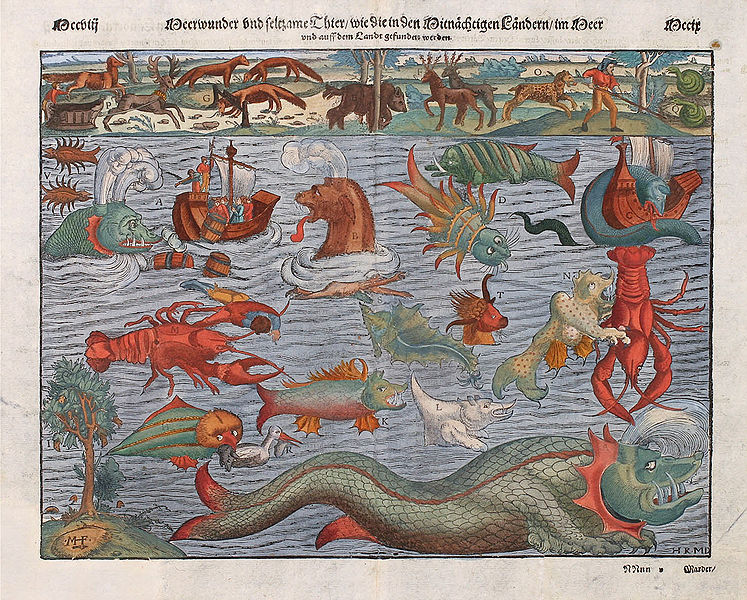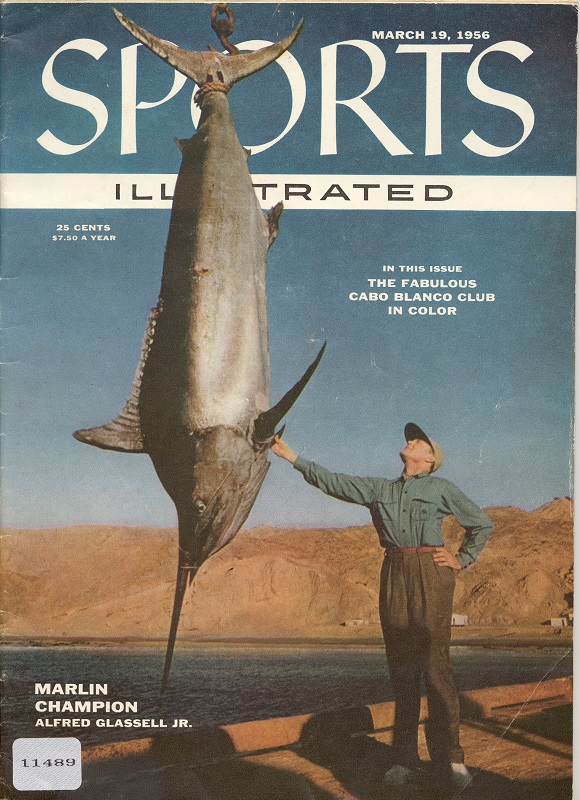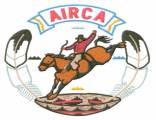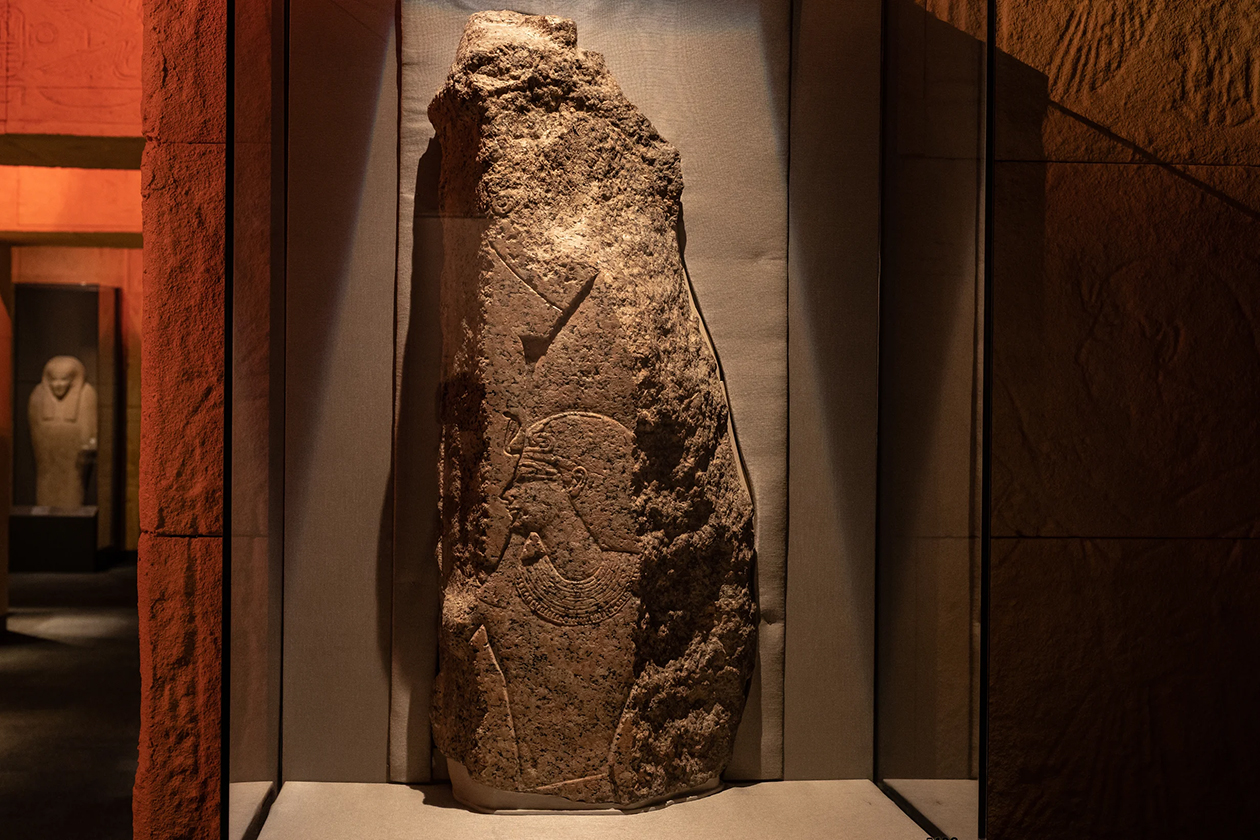In honor of our new special exhibition Mapping Texas: From Frontier To Lone Star State I will endeavor to give you a little taste of what it was like to be one of the early seafaring explorers who helped start the slow process of mapping Texas. For our ancestors, going to sea was no different than being shot into space today. We tend to forget how mysterious and foreboding our modern, mapped out world was in the relatively recent past. Without maps or a clear understanding of the geography of unknown lands, early explorers found themselves as isolated and vulnerable as modern astronauts do. This was particularly true for early seafarers.
Photo courtesy of Wikimedia Commons
For the ancient mariner, the continents were the terrestrial world and beyond them lay nothing but the inhospitable openness of the sea, as harsh as outer space seems to those living in the modern world. Many ancient cultures believed that all of creation began in a dark and watery world. Water was to antique logic what star stuff is to our modern knowledge. It’s concept was hard to grasp, and the mystery of its existence seemed to verify any theory as to its origin and purpose. If we are to understand the perils of ancient marine navigation, we must view the ocean as a completely alien and mysterious landscape. Mermaids and sea dragons were as plausible to old-time sailors as extra terrestrials are to us. And like the tubes and pods of a space station, whose tiny insignificance in the vastness of space lends to it a aspect of mortality, like the life of a house fly; so the thin hull of a ship inspired little confidence in its ability to hold back the most primeval force, the most unending aspect of ancient lives: the sea.
Photo courtesy of Wikimedia commons
When the international space station was designed, some of its features were created more for the psychological wellness of the astronauts than out of practicality. One of these features was a porthole allowing a view to Earth. The idea was that the familiarity of home would provide a sense of comfort and a sense of consistency for the astronauts. This urge to keep within sight of “land” mimics that of ancient mariners. Until the middle ages, most voyages never lost sight of terra firma. Known landmarks could be used to triangulate one’s position as far back as when the Athenians were dominating the Mediterranean. Back then loosing sight of land meant sailing almost completely blind. Today seeing land, or anything for that matter, is not always necessary for navigation, be we still have an urge to keep sight of “safety”. It is interesting to note that in the event of an emergency, simply seeing land was about as useful to ancient mariners as it is to astronauts today. Swimming miles over open ocean is about as impossible as surviving in outer space.
The Apollo-era space capsules navigated with thrusters and the help of the gravitational pulls of the Earth and the Moon, invisible forces which could be ascertained by mathematical formulas based on observations taken from earth. It took many astronomers working all over the world to gather the necessary information to make space travel possible. The process of determining ocean winds and currents was similar in that the information was gathered over time and based on observations taken by sailors roaming thousands of miles from the locations of the mapmakers who were responsible for putting them on charts. For example in 1769 Benjamin Franklin, who was joint Postmaster-General to the colonies at the time, became interested in complaints claiming that goods took weeks longer to arrive in the New World Colonies than they did to return to Europe. He consulted a seafaring relative, Timothy Folger, who told him of what he would later name the “Gulf Stream“. Although the Gulf Stream had been used by mariners since perhaps as early as Columbus’ voyages, it had never been formally described and was still a very mysterious force even to many who used it to navigate. By the 19th Century, however, the current was well understood and served an important role in trans-oceanic navigation.
Photo courtesy of Wikimedia Commons
This is just a little sample of the many interesting similarities between the Age of Exploration and the Space Age. These days many scholars refer to the 15th Century as the “first” age of exploration. The second being the taming of the skies and later the first voyages into outer space in the 20th century. Although it is tempting to think of early explorers of the New World as ignorant, it should be pointed out that there’s a good chance that our descendants will look on us in the same way.
The struggle is the same as it has always been, but their are some differences. The most important difference between now and then, in my opinion, is that these days we expect to improve our knowledge and our conditions. This concept of “progress” was forged by the amazing discoveries of the age of exploration, the Enlightenment and the Industrial Revolution and has given us the confidence in ourselves, as human beings, to push for a better future. In the old days scientific advances were incidental achievements in the overall goal of conquest and colonization, but today we understand that supporting the sciences will inevitably lead to improvements in the social well-being and the health of society.
It’s healthy for us as human beings to consider both the positive and the negative aspects of historical events. Although early exploration had many negative consequences, the concept of progress that we have inherited from them is working to bring the world together and improve the human condition. Hopefully as we continue to expand our frontiers, we will find more and better ways to improve ourselves.










